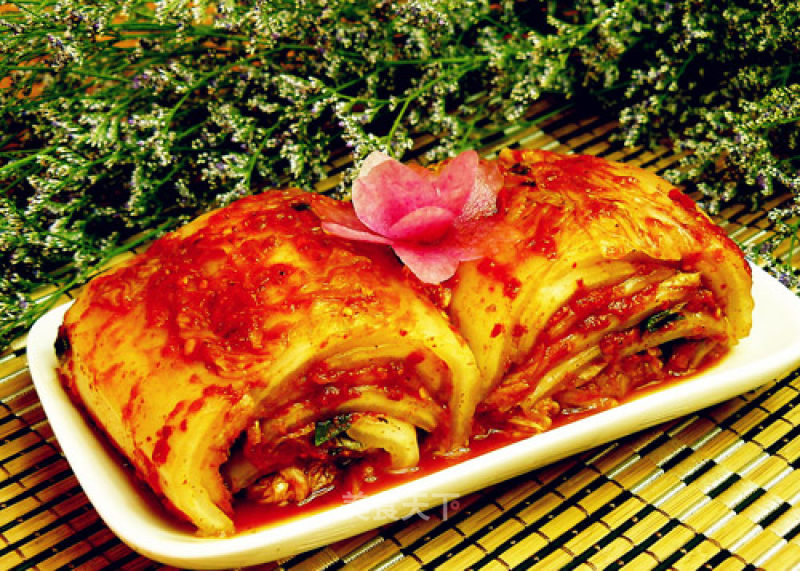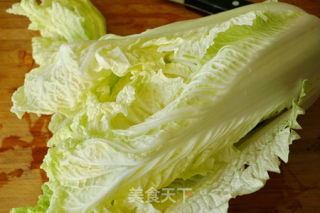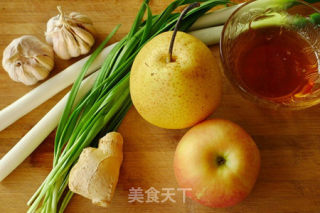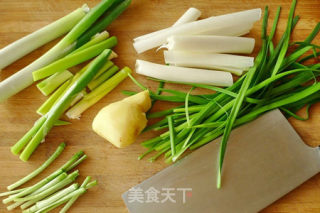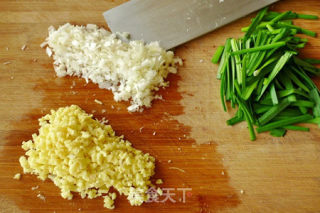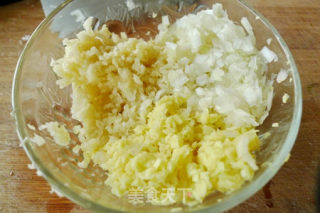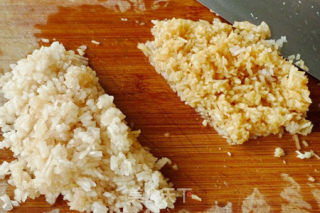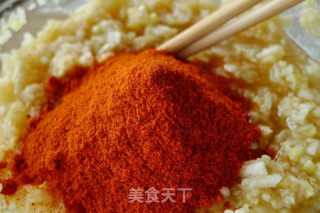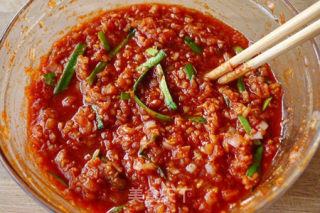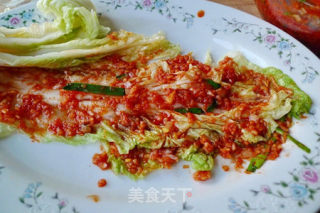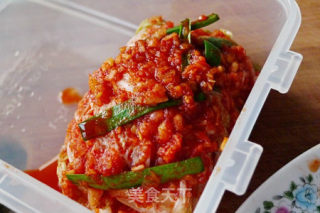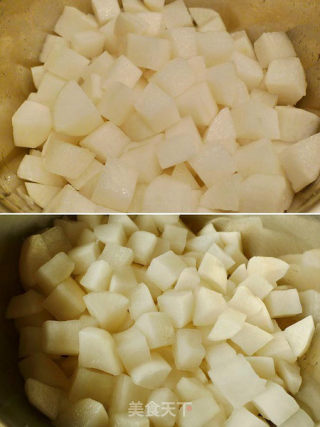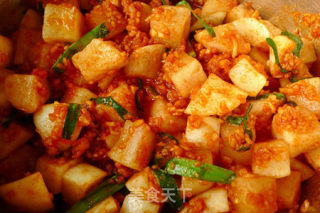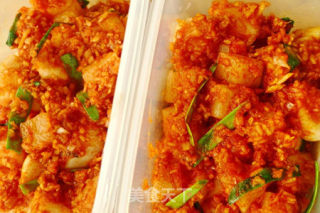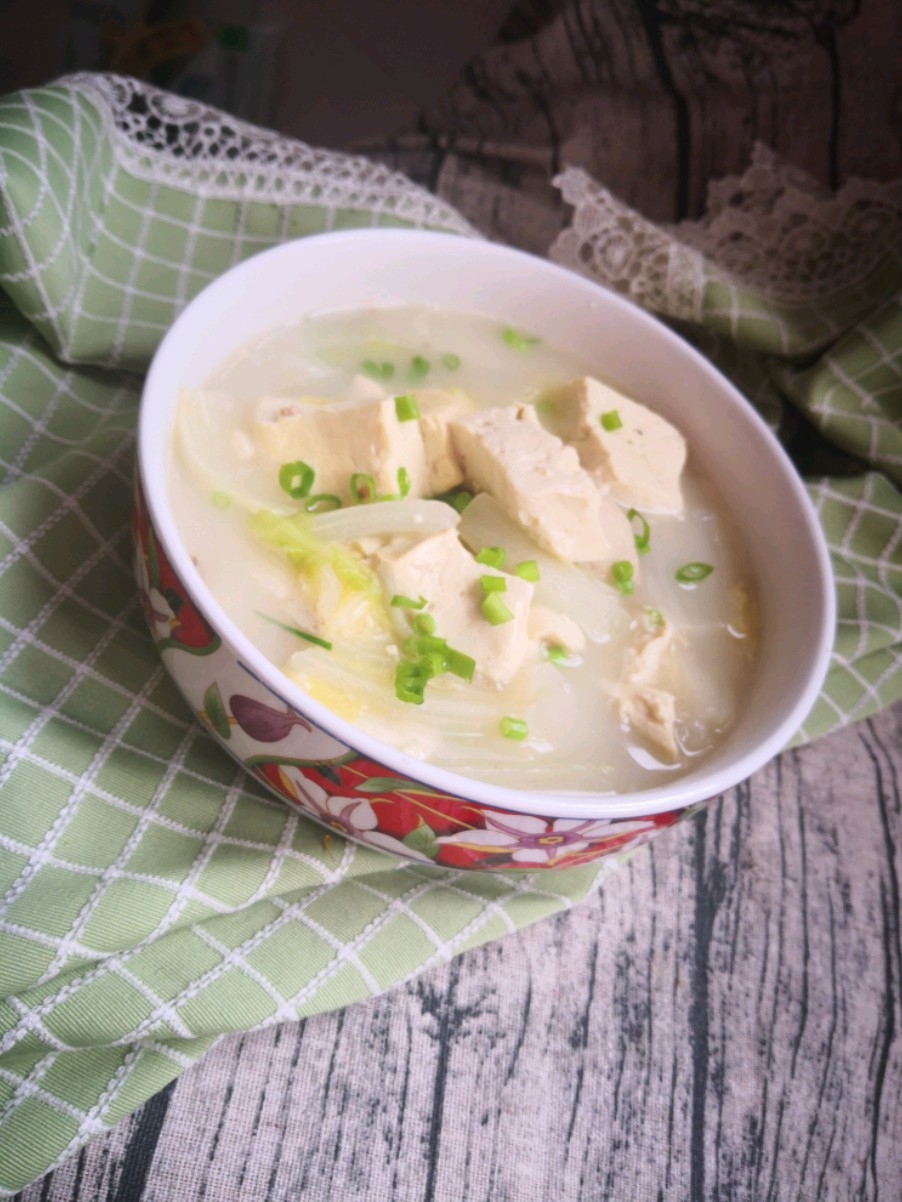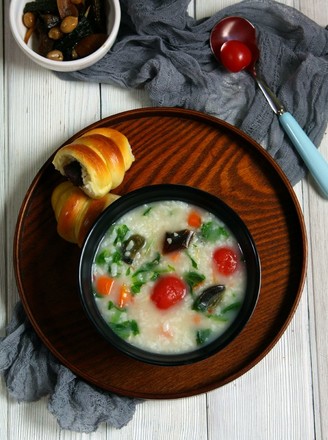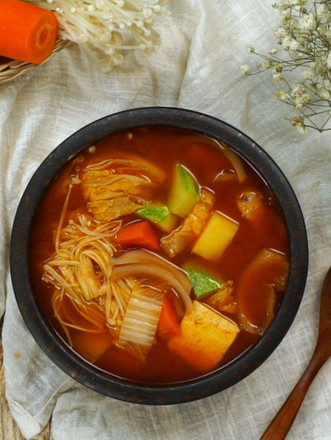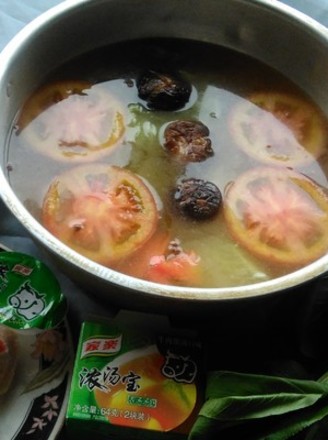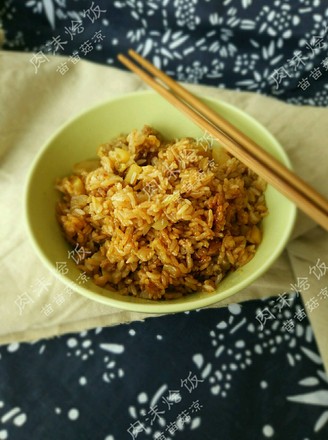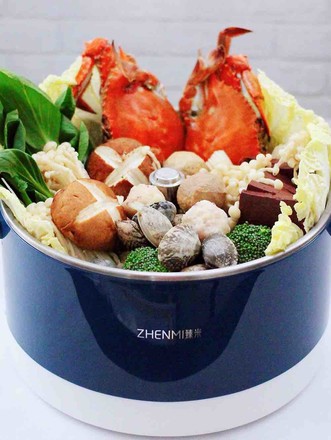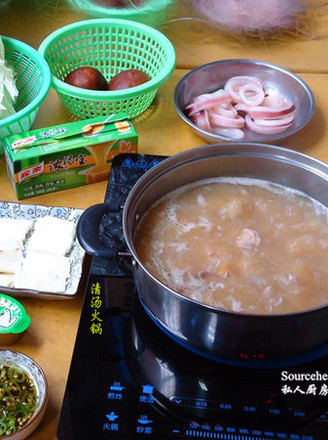Kimchi~
by Summer evening blossoming
Favorite
Difficulty
Normal
Time
2h
Serving
2
Korean kimchi is another name for Korean pickles or Korean pickles, and can also be called Korean pickles. Calling it "kimchi" is incorrect. Authentic "Kimchi" refers to a lactic acid bacteria fermented delicacy popular in some provinces, cities and regions in southwest China. The production process is obviously different from Korean pickles, and the emphasis is on the word "pao". Two kinds of cuisines should be distinguished. Kimchi is one of the most common dishes in Korea. It is spicy, and North Koreans usually use it with rice.
Fermented foods such as pickles (fermented spicy cabbage), hoisin sauce (marinated fish) for making Korean kimchi (19 photos), and fermented foods such as soybean paste (fermented soy products) have become Korea's most representative foods that also have rich nutritional value. Pickled mature kimchi contains about 100 million lactic acid bacteria per gram, up to four times the same weight of lactic acid. Korean kimchi. Lactic acid bacteria are not only good for the intestines, but also bring antibacterial properties to kimchi. When the SARS epidemic in Asia, South Korea survived. People think it is the role of kimchi, which has won super popularity throughout East Asia. Kimchi is also rich in vitamins A and C, calcium, phosphorus, iron and other inorganic substances, and the fiber in it can also help food and digestive enzymes to fuse well, improve digestion and absorption, and have a good effect on preventing constipation and colorectal cancer. . "
Fermented foods such as pickles (fermented spicy cabbage), hoisin sauce (marinated fish) for making Korean kimchi (19 photos), and fermented foods such as soybean paste (fermented soy products) have become Korea's most representative foods that also have rich nutritional value. Pickled mature kimchi contains about 100 million lactic acid bacteria per gram, up to four times the same weight of lactic acid. Korean kimchi. Lactic acid bacteria are not only good for the intestines, but also bring antibacterial properties to kimchi. When the SARS epidemic in Asia, South Korea survived. People think it is the role of kimchi, which has won super popularity throughout East Asia. Kimchi is also rich in vitamins A and C, calcium, phosphorus, iron and other inorganic substances, and the fiber in it can also help food and digestive enzymes to fuse well, improve digestion and absorption, and have a good effect on preventing constipation and colorectal cancer. . "

